The HTC One X for AT&T Review
by Brian Klug on May 1, 2012 6:00 PM EST- Posted in
- Smartphones
- Snapdragon
- HTC
- Qualcomm
- MSM8960
- Krait
- Mobile
- Tegra 3
- HTC One
- NVIDIA
The next major thing to talk about it HTC’s Sense 4. First off, all of the HTC Ones run Android 4.0.3 as of this writing, which was the first ICS build pushed to the android open source project. It isn’t 4.0.4, but that’s forgivable considering the timeframe involved. Anyhow, Sense is one of those things that traditionally has been a major point of contention for power users. The problem for an OEM crafting a theme or skin is to strike a balance between the native appearance and feel of the underlying base OS, and whatever unique customizations they’re adding.
For probably the first time, I can honestly say I think HTC has has nailed that balance with Sense 4. The platform still feels and looks ICSey, and I think that’s what made previous iterations of Sense somewhat awkward - you couldn’t adequately grasp the theme or feeling of the underlying OS. HTC has changed things like overscrolling behavior throughout the OS, as elements now spread apart like an accordion. Toggle switches and buttons also get a new theme, but it isn’t an altogether huge departure from ICS, and (as required) Holo is still lurking underneath for applications that leverage it.
Like previous iterations, Sense 4 includes a number of lock screen customizations, including the ability to launch applications or SMSes by dragging their shortcuts into the ring. Unlike the previous version, you don’t get the ability to change the lock screen shortcuts directly, instead they’re inherited from the bottom dock-like row of applications on the launcher. The launcher now includes ICS features like folders on the homescreen for organizing shortcuts, and a new widget, app, and shortcut management view.
The main launcher gives you a paginated 5x4 grid of application tiles. HTC has done similar things in the past with the bottom three tabs - all, frequent (sorted by number of launches), and new downloaded applications. There’s not much to say here other than it’s interesting how most stock launchers have returned to paginated structure instead of just a big scrollable list view. Both the launcher and main homescreens are very very smooth, thanks to the combination of ICS’s OpenGL ES 2.0 2D acceleration and MSM8960.
The other main Sense customizations include both messaging, keyboard, and the task switcher. HTC has opted to change the task switcher entirely; instead of ICS’s transparent column of recently launched applications, the HTC Sense 4 launcher is a row of full screen previews. Applications can be closed by swiping them up (hello WebOS cards…) or switched between by tapping on them.
Messaging has changed subtly since the previous version of Sense, and feels snappier. One of my complaints with Android in general has been how messaging seems to always slow down after a few weeks worth of SMSes accumulate, and so far I haven’t run into that wall. I still do think the compose box is too big and covers too much of the conversation, and the default font seems gigantic, but thankfully one can change that. The Sense 4 keyboard also feels improved, and I can type at full speed without issue. That said, I’ll never understand why OEMs continue to remove the stock keyboard entirely.
Another major design decision HTC has made is to go with the traditional USB disk drive mount option instead of MTP. I think we’ll see OEMs also go this route as the MTP connector on some platforms still leaves a lot to be desired. Sense 4 also leaves the notification shade virtually untouched - there aren’t any quick power settings or tabs, just the settings pane shortcut like stock ICS. All in all I feel like this is the new Sense 4 design language - minimalist and simple, not the self-justifying customization of every last window and view just for the sake of doing so.
Storage on the AT&T One X is 16 GB of integrated NAND. Like basically all Android phones, this is divided between an /sdcard mount point, and /data. Note that this architecture is basically required if you’re going to implement USB mass storage instead of using MTP.
shell@android:/ $ dfFilesystem Size Used Free Blksize/dev 335M 136K 335M 4096/system 1007M 895M 112M 4096/data 2G 696M 1G 4096/cache 251M 4M 247M 4096/devlog 19M 16M 3M 4096/mnt/asec 335M 0K 335M 4096/mnt/obb 335M 0K 335M 4096/firmware_radio 199M 33M 166M 4096/firmware_q6 199M 5M 193M 4096/firmware_wcnss 4M 1M 3M 2048/data/secure/data 335M 0K 335M 4096/data/DxDrm/fuse: Permission denied/mnt/sdcard 9G 1G 8G 32768
So you get 9 GB of storage for media and photos, and 2 GB for applications, which is pretty much the normal storage split I see. Like we discussed in our initial ICS piece, you can either get unified storage with MTP, or the less cumbersome mass storage mount method.
The last note is Beats Audio. HTC includes the Beats branding almost everywhere - it’s on the box, on the back of the device, on the boot splash images, and inside the OS. There’s no longer any Beats earbuds in the box, but a corresponding change in the way Beats works. The new change is that Beats now works for any headphones that you attach, instead of just Beats branded ones like previously. At some point I’m going to investigate Beats Audio integration in newer HTC devices more thoroughly, for now just know that new HTC devices give you the Beats DSP on any attached headphones. I will note that it sounds to me just like the Beats audio from the HP TouchPad, which is to say boosted bass and some dynamic range compression. I honestly prefer it off, but overall sound quality with it off is subjectively good - no background hiss or whine audible.
The rest of Sense is hardware related and involves another important consolidation - camera, which we’ll get into in the respective section.


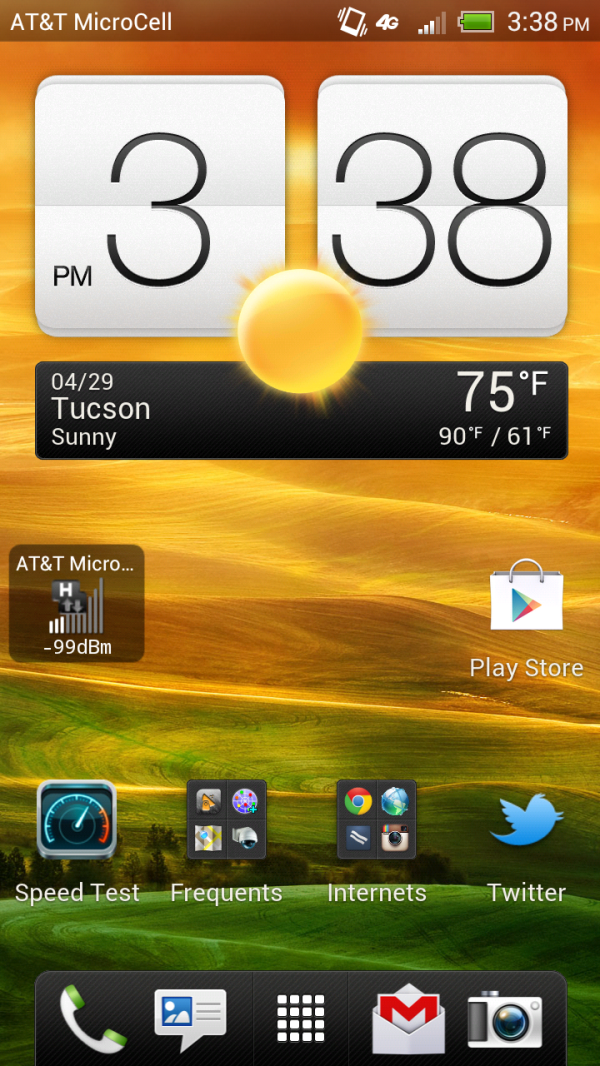
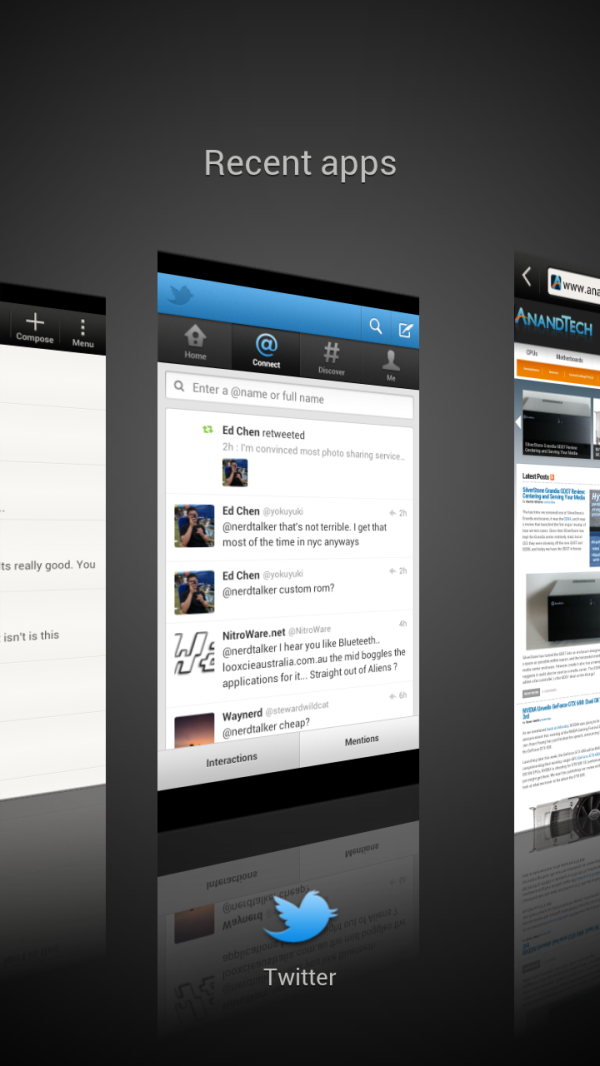
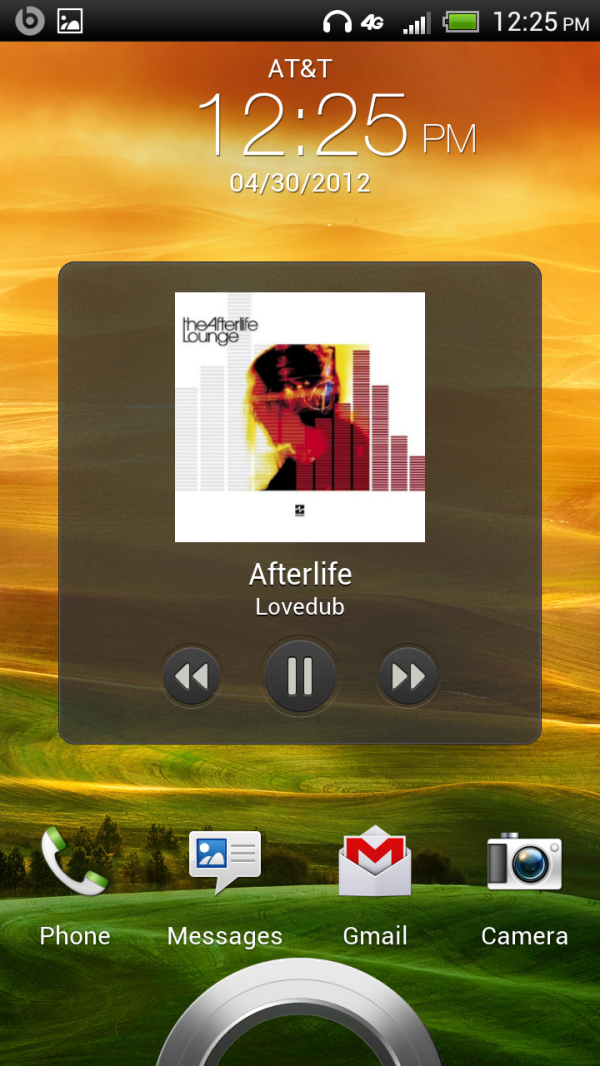
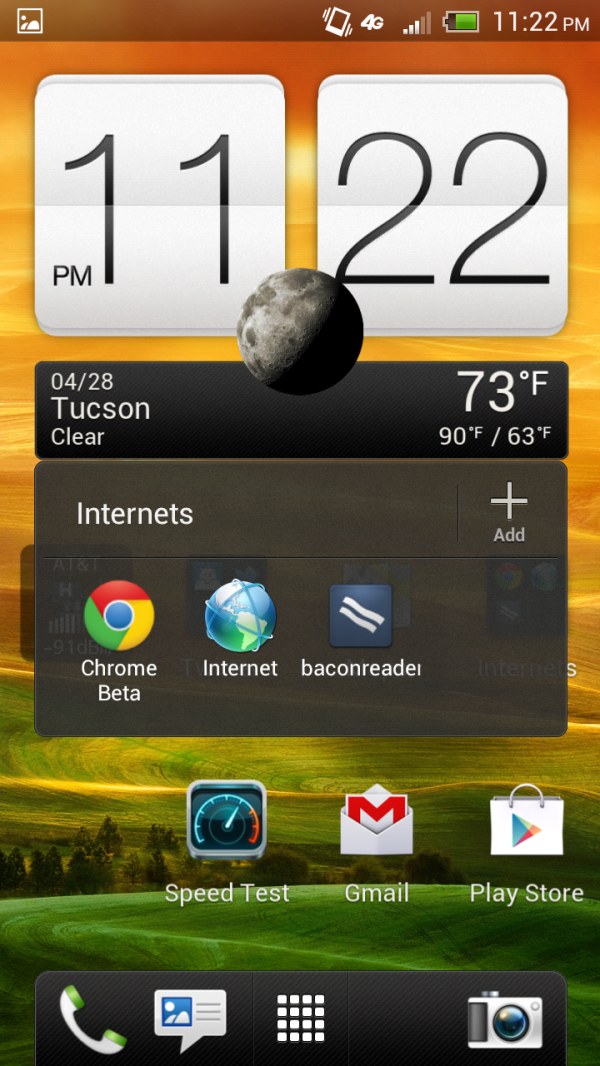
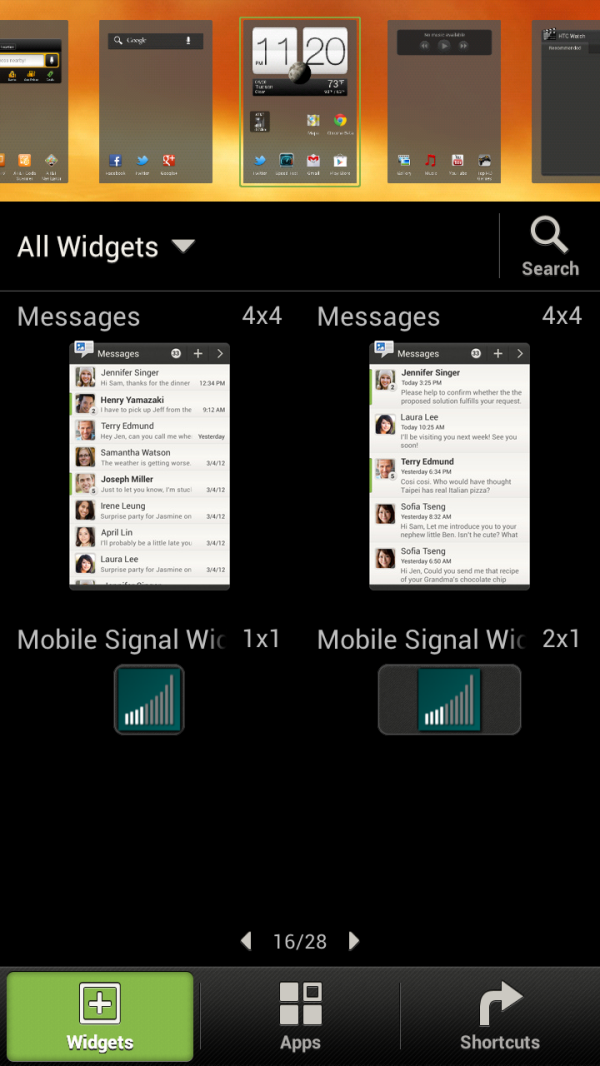




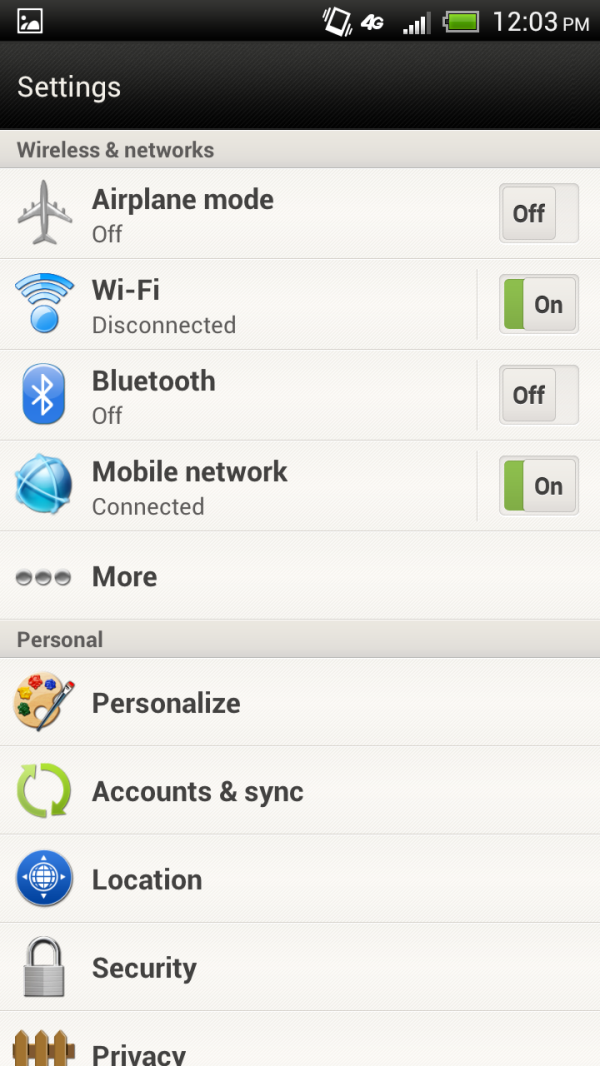
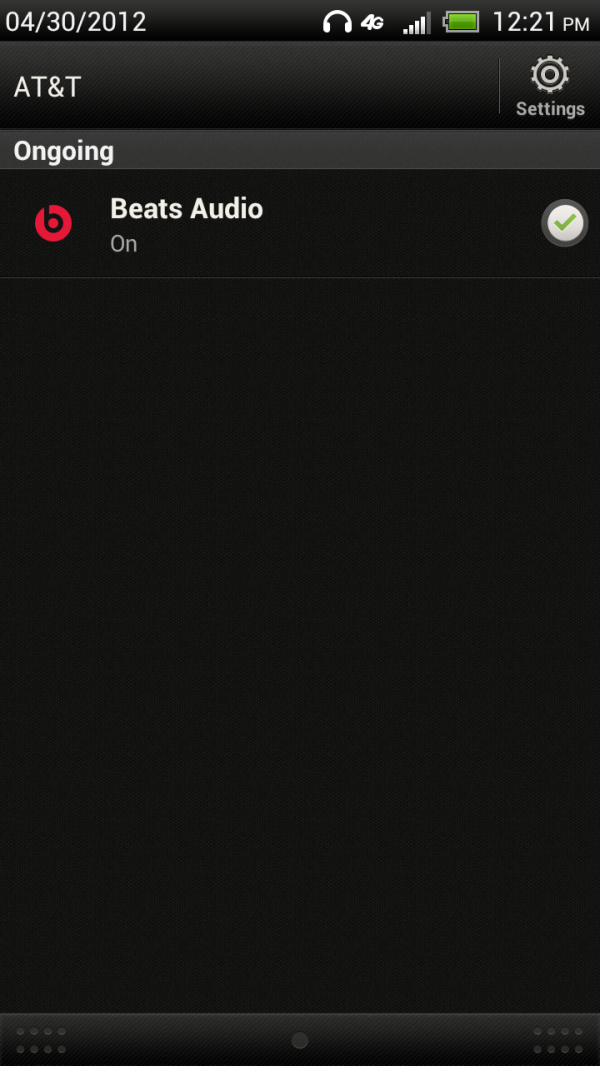








137 Comments
View All Comments
MrMilli - Tuesday, May 1, 2012 - link
"On the GPU side, there's likely an NVIDIA advantage there as well."How do you get to this conclusion?
Qualcomm scores a little bit higher in Egypt as in the Pro test of GLBenchmark. I don't know why you would put any importance to the off-screen tests for these two devices since they both run the same resolution (which is even 720p) which takes me to my next points. Actual games will be v-synced and how does the Tegra suddenly become faster than the Adreno even though they both are still rendering at the same resolution as on-screen but just with v-sync off. I've always had a hard time accepting the off-screen results of GLBenchmark because there's no way to verify if a device is actually rendering correctly (or maybe even cheating). Can you imagine testing a new videocard in the same fashion?
metafor - Tuesday, May 1, 2012 - link
Results can vary with v-sync because Tegra could be bursting to higher fps values. The offscreen isn't a perfect test either but it gives you an idea of what would happen if a heavier game that didn't approach the 60fps limit would be like.Of course, those games likely won't have the same workloads as GLBenchmark, so it really wouldn't matter all that much.
ChronoReverse - Tuesday, May 1, 2012 - link
The offscreen test is worthless really.If at 720p, the same benchmark, except it puts an image on the screen, shows that the S4 GPU is faster than the Tegra3 GPU, then how useless is the offscreen test showing the opposite?
Furthermore, neither the S4 nor Tegra3 comes close to 59-60FPS, both tipping at around the 50FPS range.
It's pretty clear that by skipping the rendering, the offscreen test is extremely unrealistic.
metafor - Wednesday, May 2, 2012 - link
It doesn't need to come close. It just needs to burst higher than 60fps. Let's say that it would normally reach 80fps 10% of the time and remain 40fps the other 90%. Let's say S4 were to only peak to 70fps 10% of the time but remained at 45fps the other 905. The S4's average would be higher with v-sync while Tegra's would be higher without v-sync.The point of the benchmark isn't how well the phone renders the benchmark -- after all, nobody's going to play GLBenchmark :)
The point is to show relative rendering speed such that when heavier games that don't get anywhere close to 60fps are being played, you won't notice stutters.
Of course, as I mentioned, heavier games may have a different mix of shaders. As Basemark shows, Adreno is very very good at complex shaders due to its disproportional ALU strength.
Its compiler unfortunately is unable to translate this into simple shader performance.
ChronoReverse - Wednesday, May 2, 2012 - link
That's still wrong. If you spike a lot, then your experience is worse for 3D games. It's not like we don't know that minimum framerate is just as important.As you mentioned stutters, a device that dips to 40FPS would be more stuttery than one that dips only to 45FPS.
metafor - Thursday, May 3, 2012 - link
I'm not disagreeing. I'm just saying that v-sync'ed results will vary even if it's not close to 60fps. Because some scenes will require very little rendering (say, a panning shot of the sky) and some scenes will require a lot of heavy rendering (say, multiple characters sword fighting, like in Egypt).The average fps may be well below 60fps. But peak fps may be a lot higher. In such cases, the GPU that peaks higher (or more often) will seem worse than it is.
Now, an argument can be made that a GPU that also has very low minimum framerates is worse. But we don't know the distribution here.
Chloiber - Monday, May 7, 2012 - link
Well the benchmark doesn't measure your experience in 3D games but the fps.snoozemode - Tuesday, May 1, 2012 - link
The ATRIX has a LCD pentile RGBW display, as well as the HTC one S, so LCD is definitely not a guarantee for RGB. Maybe you should correct the article with that.snoozemode - Tuesday, May 1, 2012 - link
Sorry one s is obviously amoled.ImSpartacus - Tuesday, May 1, 2012 - link
It's also the passable RGBG pentile, not the viled RGBW pentile.